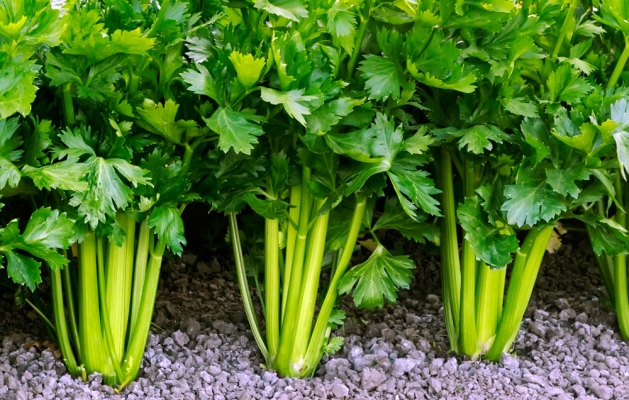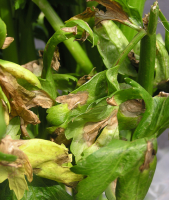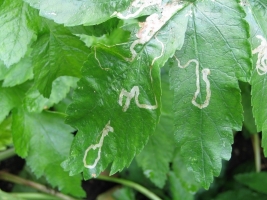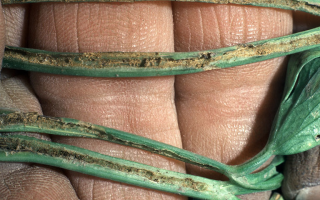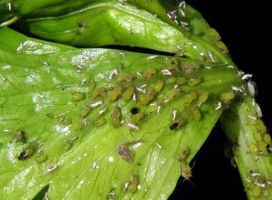General Information
The botanical name of celery is Apium graveolens and is also known as Karnauli. It is also known for its medicinal properties. Celery is used to cure joint pain, headache, nervousness, gout, weight loss, blood purification etc. It is rich in vitamin C, vitamin K, vitamin B6, foliate and potassium. It is an herbaceous plant with average height of stalk is about 10-14 inches and has white color flowers. Stems are light green in color having leaves attached with stem which is 7-18 cm long. Leaves bear flowers which is greenish white in color that bears fruit which later becomes seeds which are 1-2 mm in length and are greenish brown in color. It is used in making stews, salads and soups. It is found mainly in Mediterranean area, mountainous parts of Southern Asia, marshes of Europe and North Africa and in some parts of India. Ladhwa and Saharanpur districts of Western Uttar Pradesh, Haryana and Amritsar, Gurdaspur and Jalandhar districts of Punjab are major Celery growing states in India.

